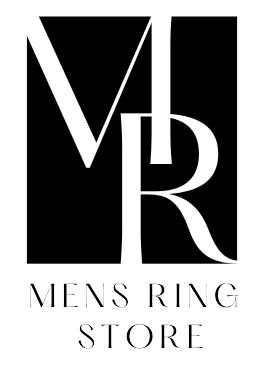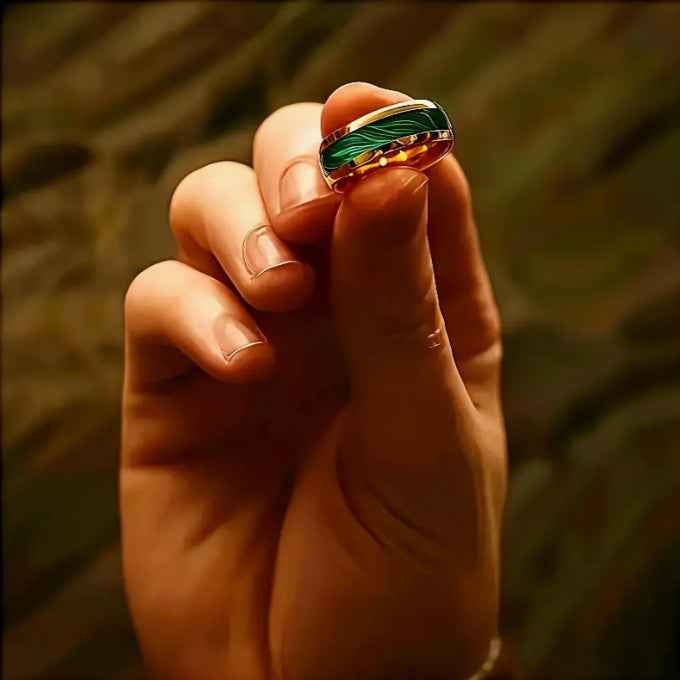Tungsten compared with Titanium compared with Silver:
When selecting materials for jewellery, industrial use, or daily products, it is important to know the specialty of each metal. These top choices, including tungsten, titanium, and silver, all have their own sets of advantages and disadvantages. This in-depth guide is here to assist you in discovering the differences between these materials and help you make a well-informed choice for your requirements.

- Knowing the Basics
Before we make direct comparisons, it is useful to know what each of these metals is. [Tungsten](https://www.rsc.org/periodic-table/element/74/tungsten) is among the strongest and densest natural metals, with exceptional heat tolerance. Titanium is a light, corrosion-resistant metal that is valued for its strength-to-weight ratio. Silver is a rare, highly valued metal for its sheen, conductivity, and malleability.
-Durability and Hardness
-Tungsten reigns supreme in terms of hardness. Its Mohs hardness is an impressive 7.5 to 9 (alloy dependent), making it extremely resistant to scratches. This is why it is best suited for wedding bands and engagement rings that must remain shiny through the years of use. Of course, such high hardness comes with no equal in that it is highly fragile and liable to break with excessive force.
-Titanium is exceedingly resistant, with a Mohs value of about 6. No tougher than it would need to be in order to compete with tungsten, but far less fragile, so it withstands impacts instead of fracturing. Extremely resistant to bending and denting, it is utilised in jewellery pieces as well as in aircraft components.
-Silver is also the softest of the three, with a Mohs hardness of around 2.5 to 3. Pure silver dents and scratches readily, so sterling silver is more typical for jewellery, being an alloy of 92.5% silver with other metals. Sterling still needs frequent maintenance to ensure that it looks as well as it should.
-Comfort and Weight
The variance in weight among these metals is stark and impacts wearability substantially.
-Tungsten is incredibly heavy—one of the densest metals in existence. It feels heavy when you put on a ring, as some individuals adore that solid feel, while it is still used for daily wear. It is around 19.3 g/cm³ in density.
-Titanium is incredibly lightweight for as strong as it is. Its density of only 4.5 g/cm³ allows that titanium is roughly 45% lighter compared to steel and much lighter still compared to tungsten and silver. Because of that, it is highly comfortable for daywear, particularly for larger pieces.
-Silver is in the middle with a density of 10.5 g/cm³. It is heavy but pleasantly so, with most of us finding it comfortable in hand.
- Appearance and Aesthetics
-Tungsten is a natural gunmetal grey with a high-lustre finish. It polishes well in the long run and will not tarnish or fade. Modern tungsten jewellery is also plated or colored, but the base is still grey. Colour is not achieved through oxidation or with old-style patinas.
-Titanium is dark grey to silvery-white in hue, depending on the finish. It also possesses the unique fact that it can be anodised in vivid colours—blues, purple, green, etc.—with an electrochemical process. These colours, of course, exist in a thin layer of oxide, but they can peel off with excessive use.
-Silver is by far the winner for old-world aesthetic value. Its bright white metallic sheen is irreplaceable and was highly valued for centuries. Silver can be polished to a high mirror finish or accented with many different patinas to give it an antique appearance. Nevertheless, in the presence of sulphur-containing air pollutants, silver tarnishes and needs frequent cleaning.
-Fractional Properties
-Tungsten bands, in most cases, are hypoallergenic when produced with nickel-free binds (with cobalt in their stead). Some, however, may react with the binding metals in the carbide-tungsten combinations, so it is advisable to make sure you know exactly what you're getting.
-Titanium is absolutely hypoallergenic and biocompatible, which reason why it is utilised in implants in medicine. It is an excellent choice for anybody who is sensitive to metals and also okay with new piercings.
-Silvery pure is typically hypoallergenic, but sterling contains added metals (most often copper), which may trigger reactions in some individuals. Most individuals with a nickel allergy do fine with silver, but not all.
-Cost Factors
-Tungsten is great value for money. Incredibly, with such remarkable qualities, tungsten jewellery is reasonably priced and, on average, sits in the range of $50 to $300 for excellent quality rings. It is thus a great choice for price-minded purchasers who would not wish to make concessions on durability.
-Titanium is also fairly affordable, with most items of jewellery in the $100 to $400 range. The cost is due to the specialty equipment used in order to process titanium rather than the availability of the material.
-Sterling silver values fluctuate with precious metals markets. Sterling silver items of jewellery can run anywhere from $50 for simple pieces to into the thousands for more complex designs from renowned artisans. As a precious metal, silver also maintains inherent value and can be perceived as an investment.

- Maintenance and Care
-Tungsten requires low maintenance. Just wipe it occasionally with a soft cloth to remove oil and dust. It would not tarnish, would not corrode, and would not deteriorate in colour. If, for some reason, it cracks or breaks, it is no longer repairable and must be replaced.
-Titanium is also low maintenance and will not corrode or tarnish. Just give it a gentle soap and water wash. The only factor is that you cannot resize titanium, so sizing is paramount. Anodised finishes also deteriorate with age and cannot be repaired readily.
-Silver needs the most care. It needs to be polished as frequently as you can in order to prevent and remove tarnish. Store silver in anti-tarnish bags or with anti-tarnish strips. Professional cleaning, repair, and resizing is easy with silver.
- Real-World Applications
-Tungsten tops in:
-A wedding band and commitment ring that need to stay clean
- Machine components and industrial equipment
- Electric contacts and filaments
- Excessive heat-resistant applications
-Titanium is suitable for:
- Active life jewellery that must be lightweight
- Aerospace and medical applications
- Body piercing and body jewellery - Emergency scenarios in weight loss
-Silver is best for:
- Elaborate fashion and traditional jewellery designs
- Electric conductors and electronics
- Antibacterial usage
- Investment products and family heirlooms
-Resizing and Repairability
This is an important factor that is sometimes ignored when selecting materials.
-It cannot be resized. If your ring is resized, you would need a new ring. Most jewellers provide lifetime sizing guarantees in order to help remedy that restriction. It can't be fixed for cracks or breaks.
-Titanium also cannot typically be resized, though some jewellers can add sizing beads or guards for minor adjustments. Just as with tungsten, typically broken titanium pieces cannot be repaired.
-Silver is readily resizable, repairable, and refinishable by all jewellers. This allows it to suit best for heirloom rings, as they would pass from generation with varying ring sizes.

-Making Your Decision
The ideal fabric is based on your needs and taste:
-Tungsten if you desire: Heavy scratch protection, economical luxury look, heavy weight, and minimal maintenance. Good for individuals who would not require sizing.
-Titanium for you if you want: Ultra-lightweight ease, hypoallergenic, fashion-forward design, and exceptional durability with no added weight. Perfect for active lifestyles. -Opt for silver if you desire: Tradition of classic beauty, design versatility, investment potential, and repair or resize. Ideal for individuals who accept frequent maintenance and value timeless sophistication.
Conclusion: Tungsten, titanium, and silver all contribute their own qualities. Tungsten gives unparalleled hardness and long-term polish.
Titanium gives an optimal strength-to-weight ratio and biocompatibility. Silver offers classic beauty and adaptability. Knowing these distinctions, you can choose the ring that best suits your lifestyle, taste, and needs.
Regardless of whether you're choosing an engagement ring, everyday jewellery, or items for that big professional project, these three metals, in one regard or another, are among the best bets out there—all solo high performers.


